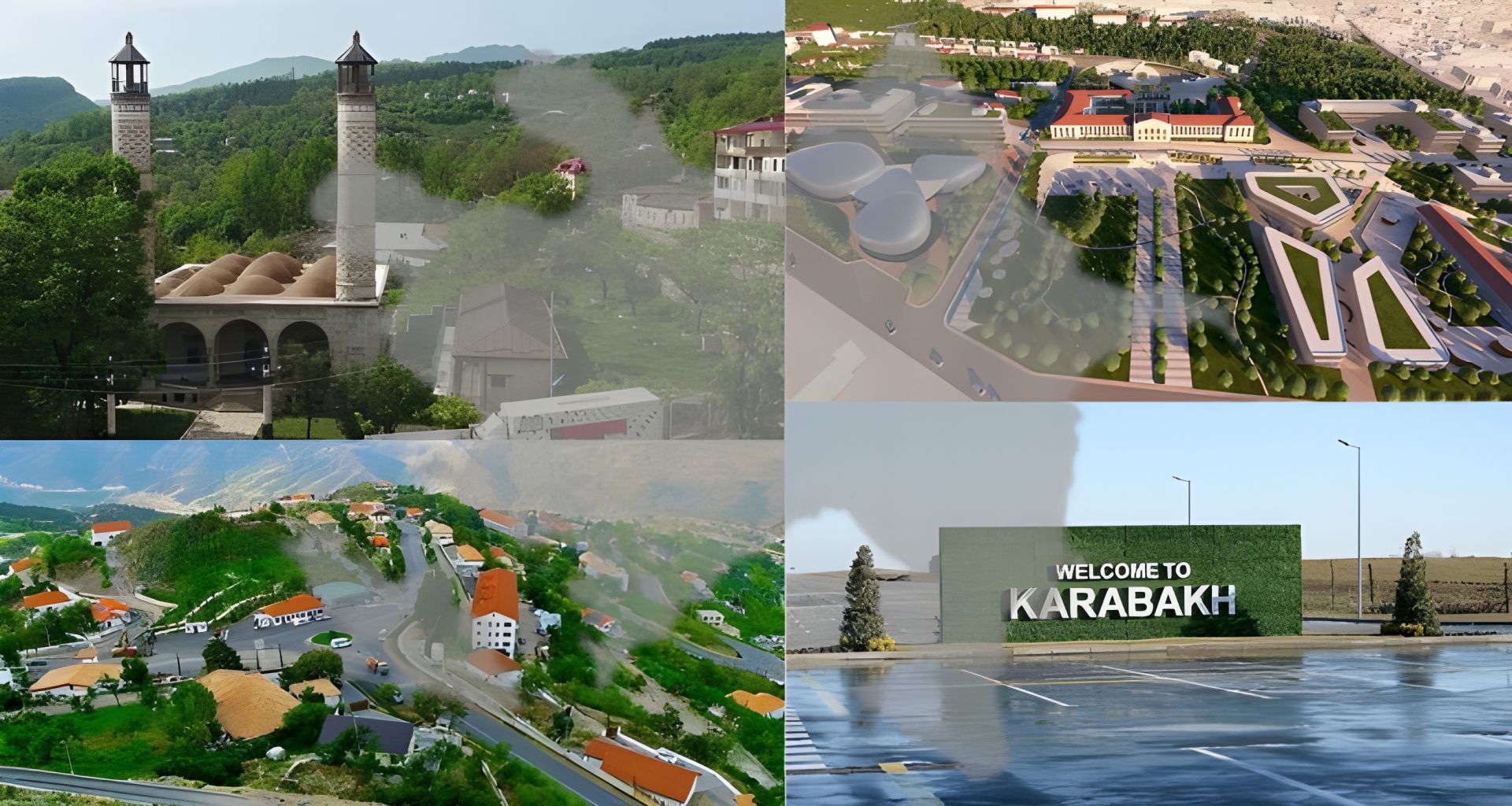Rebuilding Peace: Return of liberated lands marks new national era

When Azerbaijan restored its territorial integrity in the 44-day Patriotic War of 2020, it was widely seen as a geopolitical turning point. But nearly four years later, it is clear that this moment marked not the end of a struggle, but the beginning of a remarkable transformation, one that combines the dignity of sovereignty with a sweeping vision of peace, prosperity, and national unity.
At the heart of this transformation stands the President of Azerbaijan, Ilham Aliyev, whose leadership has steered the country from military success to diplomatic maturity and post-conflict revival. The recent direct meeting in Abu Dhabi between President Aliyev and Armenian Prime Minister Nikol Pashinyan, held without any foreign mediators, reflects the growing confidence and self-reliance of Azerbaijan in shaping its own regional future.
Described as constructive and focused, the Abu Dhabi talks addressed critical issues such as border delimitation, the development of the Zangazur Corridor, and the foundations of a long-awaited peace agreement. Importantly, both sides agreed to continue negotiations through various working groups and high-level channels. That such progress was made in the absence of external actors is no coincidence; it is a testament to Baku’s longstanding position that peace in the South Caucasus should be decided by its own nations, not imposed by distant powers.
This approach is firmly rooted in Azerbaijan’s experience since the end of the conflict. After liberating Garabagh, President Aliyev made a strategic choice: to pursue peace from a position of strength, and to build a future that turns tragedy into opportunity. Over 21 billion manats have been allocated from the state budget for the reconstruction and development of Eastern Zangazur and the broader Garabagh region, a scale of investment unmatched in recent Eurasian history.
This is not reconstruction for its own sake, but it is a national mission. Roads, airports, residential areas, schools, hospitals, and smart villages have emerged from the ruins of war, laying the physical and moral foundations of a renewed homeland. The construction of Fuzuli International Airport, the revitalisation of transport routes such as the Lachin and Aghdam highways, and the re-establishment of vital rail connections are all part of a carefully designed infrastructure revival aimed at reconnecting communities and stimulating regional commerce.
Agriculture, once a backbone of the local economy, is being reimagined with modern technologies. Fertile lands long neglected are now being irrigated and cultivated. Vineyards in Khojavand, livestock farms in Kalbajar, and agrotechnical centres across the region are turning Garabagh into a new hub of agricultural productivity. This return to the land is not just economic—it is cultural, historical, and deeply emotional.
But perhaps the most innovative aspect of Azerbaijan’s reconstruction model is the introduction of “smart villages”—a concept that blends sustainability with tradition. The village of Aghali in Zangilan district stands as a flagship example, boasting solar power, digital public services, and eco-friendly housing. These smart villages are not just rural settlements—they are blueprints for inclusive and modern development in the post-war era.
Education and healthcare are also integral to the recovery. Dozens of schools, kindergartens, hospitals, and vocational centres have been constructed or are underway, ensuring that returning citizens are not merely resettled, but given a future. These investments serve to heal not just physical wounds, but social ones, helping families reclaim their lives with dignity and hope.
Crucially, reconstruction is driving job creation. Thousands of new roles have emerged in construction, logistics, agriculture, and public services, supported by targeted SME initiatives to foster entrepreneurship and local businesses. In doing so, the state is not only rebuilding infrastructure—it is rebuilding opportunity.
Cultural revival has not been overlooked. Azerbaijan has embarked on an ambitious programme to restore mosques, mausoleums, and historical landmarks—none more prominent than the city of Shusha, the Cultural Capital of Azerbaijan. From music festivals to heritage restoration, Shusha now symbolises the soul of a nation rising once again.
This holistic vision of development is being noticed far beyond Azerbaijan’s borders. It is a model of state-led resilience, where sovereignty is exercised not only through borders and treaties, but through schools, roads, and ideas. In Garabagh, President Aliyev is showing the world that recovery is not merely about rebuilding what was lost, but about building something better.
And yet, the most profound message of this effort may be its human dimension. Every kilometre of road, every classroom, every home is a quiet tribute to the perseverance of the Azerbaijani people. What was once occupied and destroyed is now being revived, not with bitterness, but with vision.
The constructive tone of the Abu Dhabi meeting suggests that Armenia, too, may be turning toward this vision. If so, then Azerbaijan’s diplomacy, rooted in realism, strengthened by reconstruction, and guided by principle, has achieved more than international mediation ever could.
The return of Garabagh was the victory of a nation. Its reconstruction is the triumph of an idea: that peace must be earned, built, and lived. Azerbaijan has done just that, and the world is beginning to take notice.
Here we are to serve you with news right now. It does not cost much, but worth your attention.
Choose to support open, independent, quality journalism and subscribe on a monthly basis.
By subscribing to our online newspaper, you can have full digital access to all news, analysis, and much more.
You can also follow AzerNEWS on Twitter @AzerNewsAz or Facebook @AzerNewsNewspaper
Thank you!

